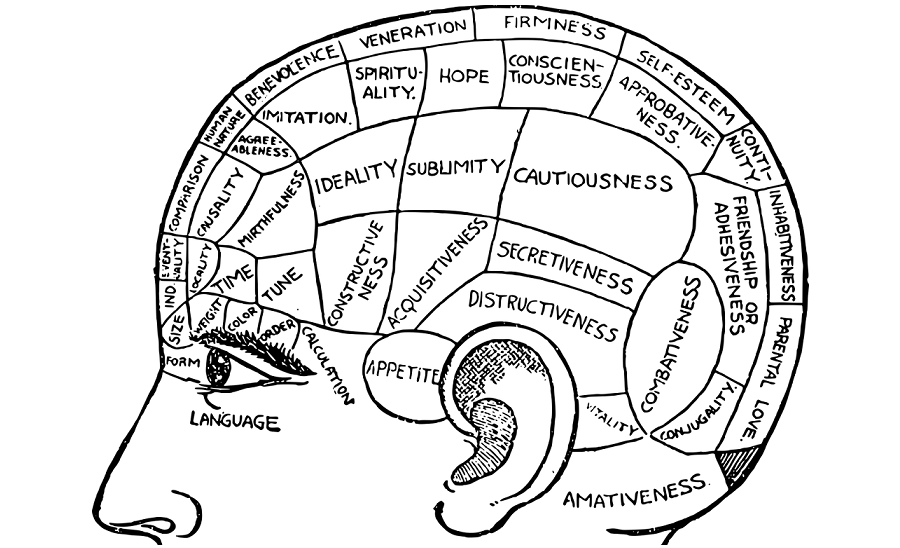I’m guessing that mindfulness is a term you’ve heard about. While the practice of mindfulness has been around for thousands of years, it’s been getting a lot of air time lately. In recent years, it’s made the front page of the New York Times , the cover of several major magazines, and been the featured topic on a number of popular talk shows. Just scan an online news feed and I’m sure you’ll come across an article that makes some reference to mindfulness. Why is that? One reason likely has something to do with the mental and emotional cost of living in an age of digital distraction and social unrest. While technology has certainly enhanced our lives in many ways, the steady barrage of e-mails, text messages, and distressing news updates, all vying for our attention at once, can be overwhelming and stressful.
Many of us are seeking a way to quiet the buzz of our overstimulated nervous systems, regain some sense of equanimity in our lives, and focus on what’s important.
Yet, the primary reason we’re hearing a lot about mindfulness these days likely has more to do with a veritable explosion of research findings attesting to its many benefits. Study after study is showing that practicing mindfulness improves our physical, mental and social well-being. In particular, it’s been proven to effectively reduce stress, rumination, and emotional reactivity, and to enhance immune functioning, insight, intuition, the ability to focus, cognitive flexibility, compassion, and relationship satisfaction (Davis and Hayes, 2012). Sounds like something to consider!
Fundamentally, and for our purposes, mindfulness is about paying attention to our present moment experience in an accepting, nonjudgmental manner. It involves actively focusing on our unfolding experience—sensing, observing, and allowing—without having to change it or respond in any particular way. It’s about accepting what is and allowing it to be.
The practice of mindfulness seeks to strengthen our capacity for focused attention and increase our conscious awareness.
By “paying attention on purpose” (Kabat-Zinn, 1994) with acceptance, we come to see that all experience is transient, constantly changing, and, if we face and stay present to it, eventually passes. We come to see that, when we stay open to our experiences, we can move through them and get to a better place. It frees us from being wedded to the past or worrying about the future and enables us to be more wholly present and engaged in the here-and-now.
When we are mindful, we are more integrated. We can both feel and see more clearly what we’re experiencing and how we’re habitually inclined to react. We can more readily recognize when we’ve been triggered and manage our experience without being forced to play out conditioned patterns of responding that are no longer helpful to us. We can get ourselves unhooked.
Practicing mindfulness leads to greater self-awareness and psychological flexibility. Mindfulness cultivates mental space within enabling us to gain a larger, more open-minded perspective and consider how best to respond to our experience. Our range of options broadened, we are freer to make wiser choices that are more aligned with how we want to be.
In my latest book, Loving Like You Mean It: Use the Power of Emotional Mindfulness to Transform Your Relationships, I share my proven four-step approach to developing and utilizing the skills of emotional mindfulness:
- Step One: Recognize and Name
- Step Two: Stop, Drop and Stay
- Step Three: Pause and Reflect
- Step Four: Mindfully Relate
With a little intention and skill, we can take a few minutes throughout our day to build and strengthen our emotional mindfulness circuitry. All we need to do is bring our attention to our felt experience and be with it, over and over again.


